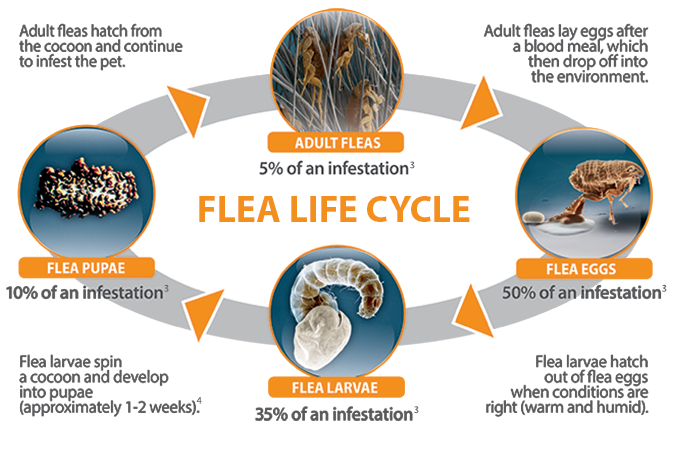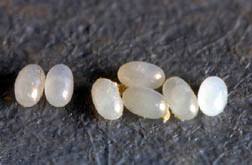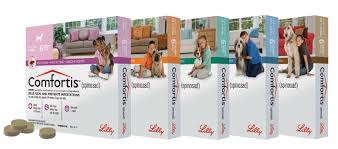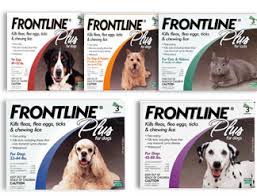

SEPTEMBER NEWSLETTER “2017”


ADULT: 
Starts feeding within 5 minutes. Females can ingest 15 times their body weight in blood. Mate 4 to 48 hours after feeding. Prefer to stay on host animal for life.
EGGS: 
Large number of eggs (e.g., 40 to 50) laid every day. Fall off pet onto floor and furnishings. Hatch as larvae in as little as 1 to 10 days. 25% to 30% develop into adult fleas.
LARVAE: 
Thrive in warm, humid conditions. Hide deep in rugs and other furnishings and between floorboards. Feed on adult flea droppings (flea dirt) and other organic material such as skin debris that falls from dogs and cats.
PUPAE: 
Develop (metamorphose) into adults inside tiny cocoons. Pupae can stay dormant for long periods inside these cocoons. Quite resistant to temperature, drying and insecticides. Emerge in response to heat, CO2 and movement.
If you've had a flea infestation in your home, you'll never want to have one again. To stop repeat infestations, you need to break the flea life cycle once and for all, for a successful attempt at getting rid of fleas.
It's a sobering thought that, for every flea on your dog or cat, there are probably at least nine more in your home. Adult fleas lay eggs which hatch into larvae and get everywhere—in carpets, between floorboards, in upholstery and in your pet's bedding.
So you might think you've accomplished getting rid of fleas, only to find a new generation emerging days to weeks after you've started treating your pet. This can be triggered by a change in temperature, for instance when you turn the central heating up.
To avoid such a nasty surprise, veterinary professional organizations recommend using an oral or spot-on flea product monthly all year to break the flea life cycle. This not only kills adult fleas and immature fleas in your pet's immediate surroundings, but also makes sure that any newly hatched adult fleas that jump onto your pet won't last long. There are a number of such products available, and choosing the correct one for you and your pet is a decision that is best made through a discussion with your veterinarian.
Treat every pet in your household at the same time to make sure you tackle this problem effectively. This includes small mammals such as pet rabbits, hamsters, guinea pigs, etc. Talk to your veterinarian about the best products to use for flea control for all animals in your household.
CHECKLIST—TARGET FLEA HIDEOUTS!
- Help your pet break the flea life cycle with a flea treatment.
- Clean the house thoroughly on the same day.
- Wash all your pet's bedding at a high temperature.
- Vacuum your carpets and furniture to remove eggs, larvae and pupae and discard the vacuum cleaner bag.
By targeting all the hideouts at once, you help break the life cycle and keep your pet and home flea-free.
Flea Preventatives Available at Our Offices:




TLC Pet Care Centers West
11808 Hamilton Avenue
Cincinnati, Ohio 45231
(513) 825-4011
Open:
Monday thru Friday 8:00 am. To 7:00 pm.
Saturday and Sunday 8:00 am. To 6:00 pm.
TLC Pet Care Centers East
12121 Montgomery Road
Cincinnati, Ohio 45249
Monday thru Friday 8:00 am. To 7:00 pm.
Saturday 8:00 am. To 6:00 pm.
Closed Sunday
DOCTORS ARRIVE DAILY AT 10:00 am.
Office call Monday thru Saturday $27.00
Office call Sundays $58.00
BOARDING AVAILABLE AT BOTH LOCATIONS
About the Business
(28 reviews)
Have a question? Ask the experts!
Send your question

